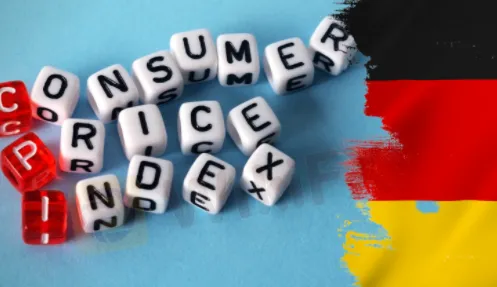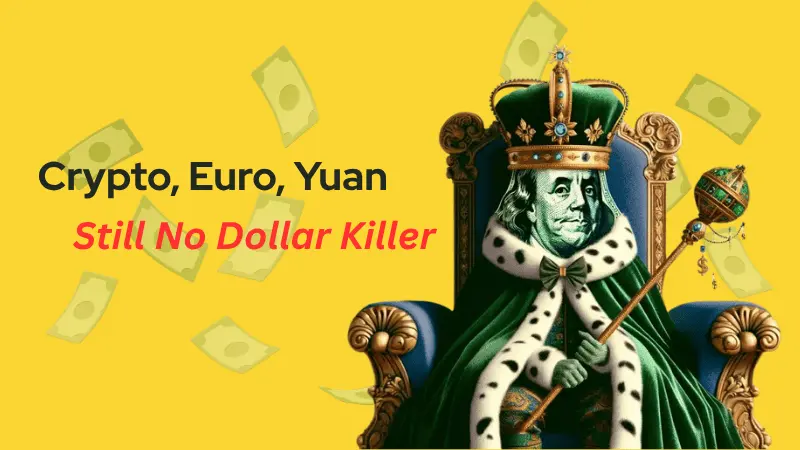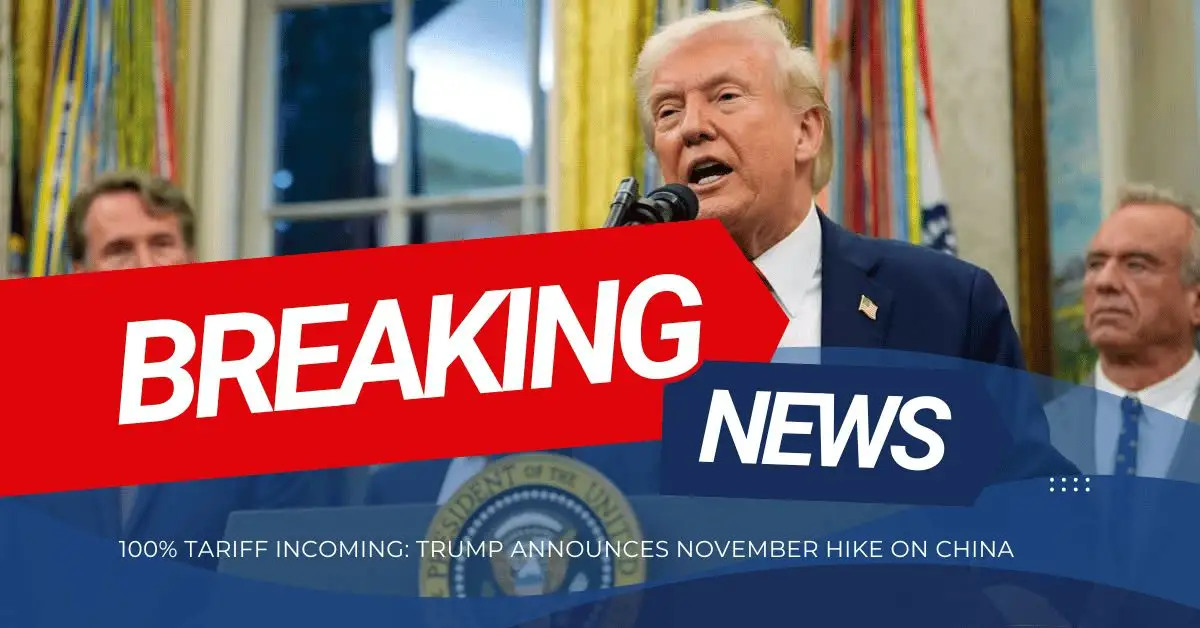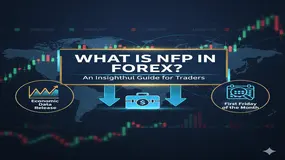简体中文
繁體中文
English
Pусский
日本語
ภาษาไทย
Tiếng Việt
Bahasa Indonesia
Español
हिन्दी
Filippiiniläinen
Français
Deutsch
Português
Türkçe
한국어
العربية
German Inflation Rose at Fastest Pace in Almost 30 Years in 2021
Abstract:The temporary reduction in the value added tax and the sharp decline in mineral-oil product prices also had an upward effect on the overall inflation rate.

German consumer prices rose strongly in 2021, posting their highest annual reading since 1993, statistics office Destatis said Wednesday.
Consumer prices in Germany rose 3.1% on average in 2021 compared with 2020. The inflation rate in the previous year was 0.5%.
The increase in the inflation rate was caused mainly by base effects due to lower prices in 2020, Georg Thiel, president of the federal statistical office, said. In this context, the temporary reduction in the value added tax and the sharp decline in mineral-oil product prices also had an upward effect on the overall inflation rate, Mr. Thiel said.
“In addition to the temporary base effects of the past, there are more and more crisis-related effects such as delivery bottlenecks and marked price increases at upstream stages in the economic process,” Mr. Thiel said.
In December, consumer prices rose 5.3% on year measured by national standards, reaching its highest level in 2021 at the end of the year, in line with forecast by economists polled by The Wall Street Journal. They rose 5.7% on year by European Union-harmonized standards, also in line with forecasts.
Consumer prices rose 0.5% on month by national standards and 0.3% by EU-harmonized standards, both in line with forecasts.
For more Forex news, please download WikiFX- the Global Forex Regulatory Inquiry APP.
Disclaimer:
The views in this article only represent the author's personal views, and do not constitute investment advice on this platform. This platform does not guarantee the accuracy, completeness and timeliness of the information in the article, and will not be liable for any loss caused by the use of or reliance on the information in the article.
Read more

Crypto, Euro, Yuan: Still No Dollar Killer
Despite frequent “de-dollarization” headlines, the U.S. dollar remains unrivaled due to unmatched market depth, global usability, and trusted legal/institutional frameworks. Crypto and other currencies (euro, yuan) lack the stability, convertibility, and infrastructure required to replace the USD, while the Fed’s credibility and the scale of U.S. financial markets continue to anchor demand. Bottom line: no alternative currently offers a complete, credible substitute for the dollar’s global role.

100% Tariff Incoming: Trump Announces November Hike on China
The U.S. will impose an additional 100% tariff on Chinese imports starting Nov. 1, 2025—potentially earlier—alongside new export controls on “critical software,” escalating tensions after Beijing’s rare-earth curbs, new port fees, a Qualcomm probe, and a halt to U.S. soybean purchases. Stocks fell on the news. Key context: some U.S.-China tariffs remain paused until Nov. 10, a Supreme Court case could reshape Trump’s tariff authority, new U.S. duties on cabinets (Oct. 1) and wood products (Oct. 14) are in force, and a pause on Mexico tariffs is set to end next month.

What is NFP in Forex? An Insightful Guide for Traders
The Non-farm Payroll (NFP) report may be for the US. However, the report, which is issued every month, impacts the forex market globally. The monthly report estimates the number of jobs gained in the US in the previous month. The job numbers stated on this report exclude those of farms, private households, and non-profit organizations. Usually released on the first Friday of the month, the report also includes the US unemployment rate, average hourly earnings, and participation rate. In this article, we have answered the question - what is NFP in forex - and shared other pertinent details. Read on!

Fed Rate Cuts May Not Happen in July, Markets Await Policy Meeting Minutes Release
Federal Reserve officials had a meeting on June 17-18 during which some of them expressed a fall in interest rates in July. However, a lot of policymakers are still worried about the inflationary pressures that might emerge from US President Donald Trump’s import tariff decisions aimed at changing global trade. So, it seems the rate cut may not happen in July. Read this to know more.
WikiFX Broker
Latest News
The Debt-Reduction Playbook: Can Today's Governments Learn From The Past?
InterTrader Exposed: Traders Report Unfair Account Blocks, Profit Removal & Additional Fee for Withd
Germany's "Council Of Economic Experts" Calls For Higher Inheritance Taxes, And Bows To The State
Currency Calculator



